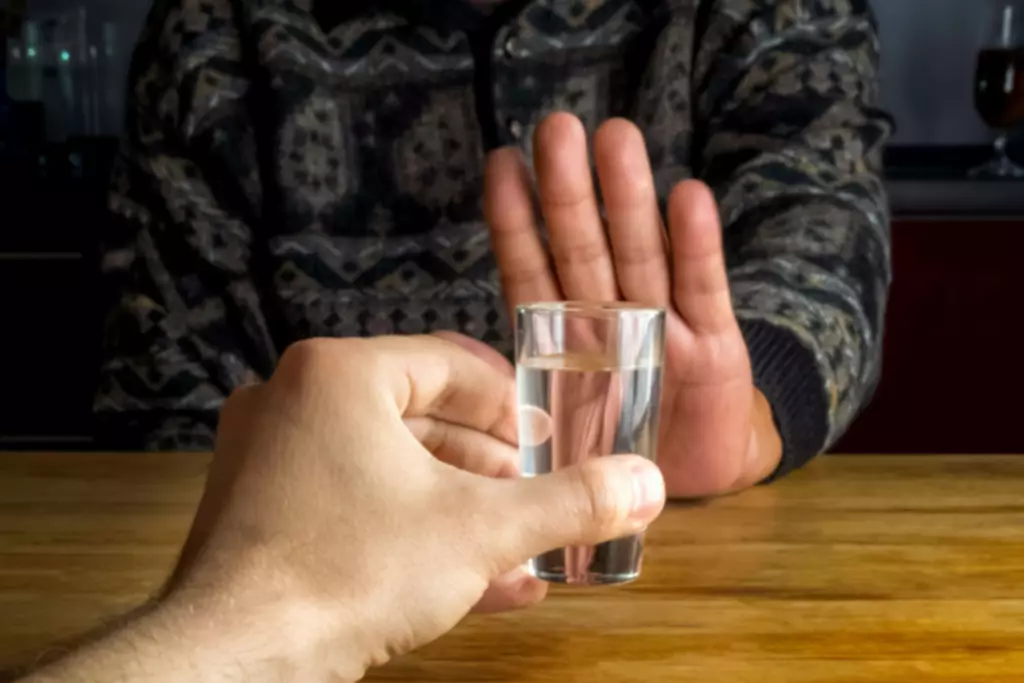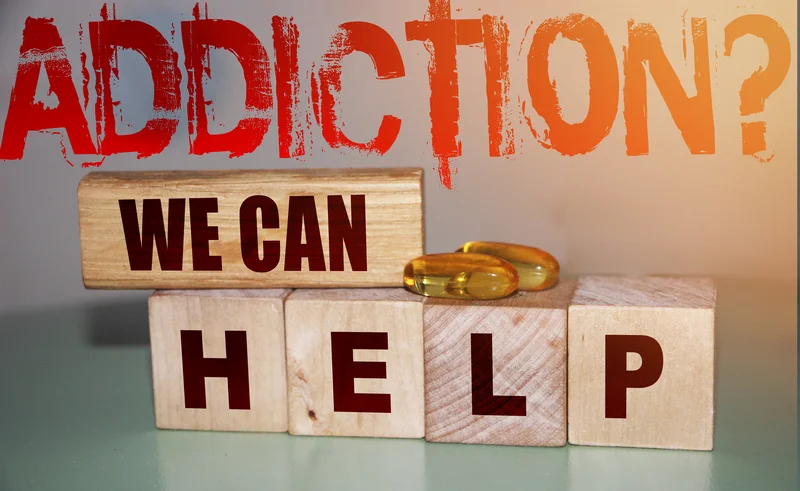alcohol consumption-What Does It Feel Like to Be Drunk?

Alcohol tolerance can affect the extent to which a person feels intoxicated. People who frequently drink Sober living house may feel less drunk than those who do not. People with alcohol use disorder may not feel drunk at all, even when their BAC is very high. This means that consuming four to five alcohol drinks in a short amount of time may be enough to put a person at risk of alcohol poisoning, or even death. A single drink may put a person over their state’s BAC limit for driving. A person is sober or low-level intoxicated if they have consumed one or fewer alcoholic drinks per hour.
Rate of Alcohol Consumption
Tipsiness can make you feel happy and confident, making socializing more pleasurable. Alcohol can still impair judgment in this state, so smart decision-making is still needed to avoid problems. When people drink, all their different physical and genetic factors combine with how much they are drinking and how quickly. This determines BAC level and the phases of drinking at which the brain and the body enters. The person who is only drinking a little each hour is better able to filter the alcohol out of the blood. This allows them to either maintain a certain level of intoxication or give their body a chance to get rid of the alcohol.

Impact on Liver and Overall Health

Some people may be at risk of alcohol overdose after just a few drinks, especially if they are young, small, or do not often drink. The amount of alcohol a person drinks is the biggest predictor of BAC. Heavy drinking tends to cause more serious intoxication and may eventually cause serious health issues, such as blackouts or kidney failure. Your body functions will slow so much that you will fall into a coma, putting you at risk of death. Blood alcohol content (BAC) is the unit used to measure the amount of alcohol in a person’s bloodstream. According to a 2015 national survey, more than 86 percent of people ages 18 and older say they’ve had alcohol at some point in their lifetime.

Alternate Non-Alcoholic Drinks
As you drink, alcohol goes into your bloodstream and affects your brain and body functions. When you drink a lot, your body and brain functions slow down considerably. If someone is exhibiting these signs and symptoms, it is important to seek immediate medical attention. Alcohol allergy and intolerance can result in similar symptoms but are caused by different underlying factors.
The Science Behind Alcohol and the Brain

It’s important to recognize and manage these changes responsibly to ensure the safety and well-being of oneself and others. Drinking is fun when you are out with friends, and its effects are pleasant, but remember that your liver takes time to process alcohol. The more or, the quicker you drink, the more your drinking outpaces your body’s processing abilities and the longer the alcohol will stay in your system. Dopamine and serotonin releases give drinkers a feeling of pleasure, happiness, and confidence, making them less inhibited and social. There’s a reason why dopamine and serotonin are the body’s ‘feel-good’ hormones.
Social Embarrassment
- Along with the other symptoms of a hangover, such as regret and embarrassment, anxiety can drive feelings of irrational worry, panic, or fear.
- It’s important to note that the signs and symptoms mentioned above are general observations and may vary from person to person.
Like drinking, Alcohol Use Disorder is common, and NSDUH estimates that 14.5 million people over the age of 12 have had the disorder. One of the initial emotional effects of being drunk is an increase in confidence and sociability. Alcohol stimulates the release of neurotransmitters like dopamine and serotonin, which contribute to feelings of euphoria and reduced social anxiety. This can make individuals feel more outgoing and willing to engage in conversations and activities they might normally avoid. On the other hand, individuals with lower alcohol tolerance may experience more pronounced effects of alcohol even with smaller amounts. As the effects of alcohol become more pronounced, individuals should avoid engaging in activities that require focus, coordination, or alertness.
The what does being drunk feel like stages of being drunk range from sobriety to potential death, with each stage characterized by specific emotional and physical symptoms. Although being drunk can feel fun to begin with, it is a sign that alcohol has temporarily changed how the brain functions. Continuing to drink when already feeling drunk can increase a person’s risk of complications.
- Alcohol intoxication impacts self-control, making you more impulsive.
- At this level, individuals may feel more relaxed, talkative, and experience a sense of well-being.
- Excessive drinking can lead to alcohol poisoning, a serious and potentially life-threatening condition.
What does being drunk feel like?
Factors such as age, sex, tolerance, body size, amount of food eaten, and whether other drugs have been used can all affect a person’s state of mind while drinking. Chugging an alcoholic drink rather than drinking it slowly raises blood alcohol concentrations faster than its breakdown, which will make you feel drunker. This is because chugging introduces more alcohol in the blood than can be eliminated by the liver. Even when used at the most responsible level, there are dangers of being drunk and being surrounded by other intoxicated people. Loss of consciousness from alcohol can lead to a variety of dangers, including choking on vomit, falls resulting in injuries, or even alcohol poisoning. It is crucial to take steps to prevent such situations by monitoring alcohol consumption, looking out for signs of severe intoxication, and intervening if necessary.

0 comments